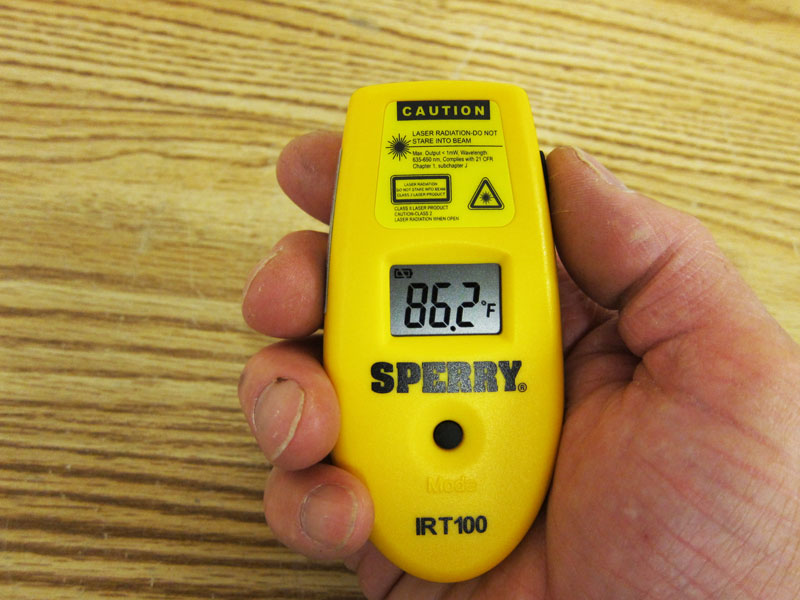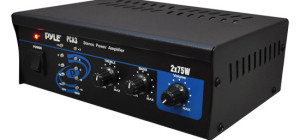 Temperature is by far the physical parameter that people measure the most. In many situations, success depends on accurate temperature measurement whether in a laboratory or a factory. Such accurate measurements are also needed in geological studies, biology research, electronic / electrical component studies, materials research and medical applications.
Temperature is by far the physical parameter that people measure the most. In many situations, success depends on accurate temperature measurement whether in a laboratory or a factory. Such accurate measurements are also needed in geological studies, biology research, electronic / electrical component studies, materials research and medical applications.
Measuring temperature accurately can be done with the help of the different types of temperature sensors. The 3 most common ones are thermistors, thermocouples and resistance temperature detectors. Knowing the specific operating parameters of each of those types will make it easier to choose the right one for a certain application. Here are some things that need to be taken into consideration when choosing a temperature sensor:
- Application
First you have to take into consideration the application that you are going to need a temperature sensor for. Determine what the device is going to measure whether that's the temperature of the air in a room or a component with metal or plastic packaging. Taking into consideration the target of your measurements will help you to make a decision based on the distance from the sensor to the target, the cost per sensor and various safety and environmental factors.
- Temperature
You should also be aware of the range of the temperature that you are going to measure. A vehicle's engine for example, can generate temperatures of more than 100 degrees Celsius. For this purpose, a simple thermocouple might be the right choice. For temperature of hundreds of degrees Celsius, however, you will need a different type of thermocouple.
Let's take a more detailed look at thermocouples as these are the most commonly used temperature sensors.
Advantages
People prefer thermocouples to other temperature sensors mainly because of their many advantages. One of the best things about these sensors is that they need no external power supply in order to function. On top of that, they can withstand harsh environments without a problem and are extremely rugged. Compared to other temperature sensors, thermocouples are inexpensive and are available in different types that have wide temperature ranges.
Disadvantages
One of the not so great things about thermocouples is that they are non-linear and therefore need CJC (or cold junction compensation) for linearization. Another thing that might be a problem in certain situations is that the voltage signals are quite low. This means that various techniques should be used in order to eliminate drift and noise in certain low-voltage environments. Depending on cold junction accuracies and wire alloy consistency, accuracies are usually 1% to 3%.
People in need of a temperature sensor need to be very careful when selecting one for their needs. There is no universally good or bad type of temperature sensors. They can all be great if they are used in the right application. Take into consideration your own requirements as well as the characteristics of each type of temperature sensor and you will certainly be able to very easily make the right choice.
Shared by vikiwat.com







